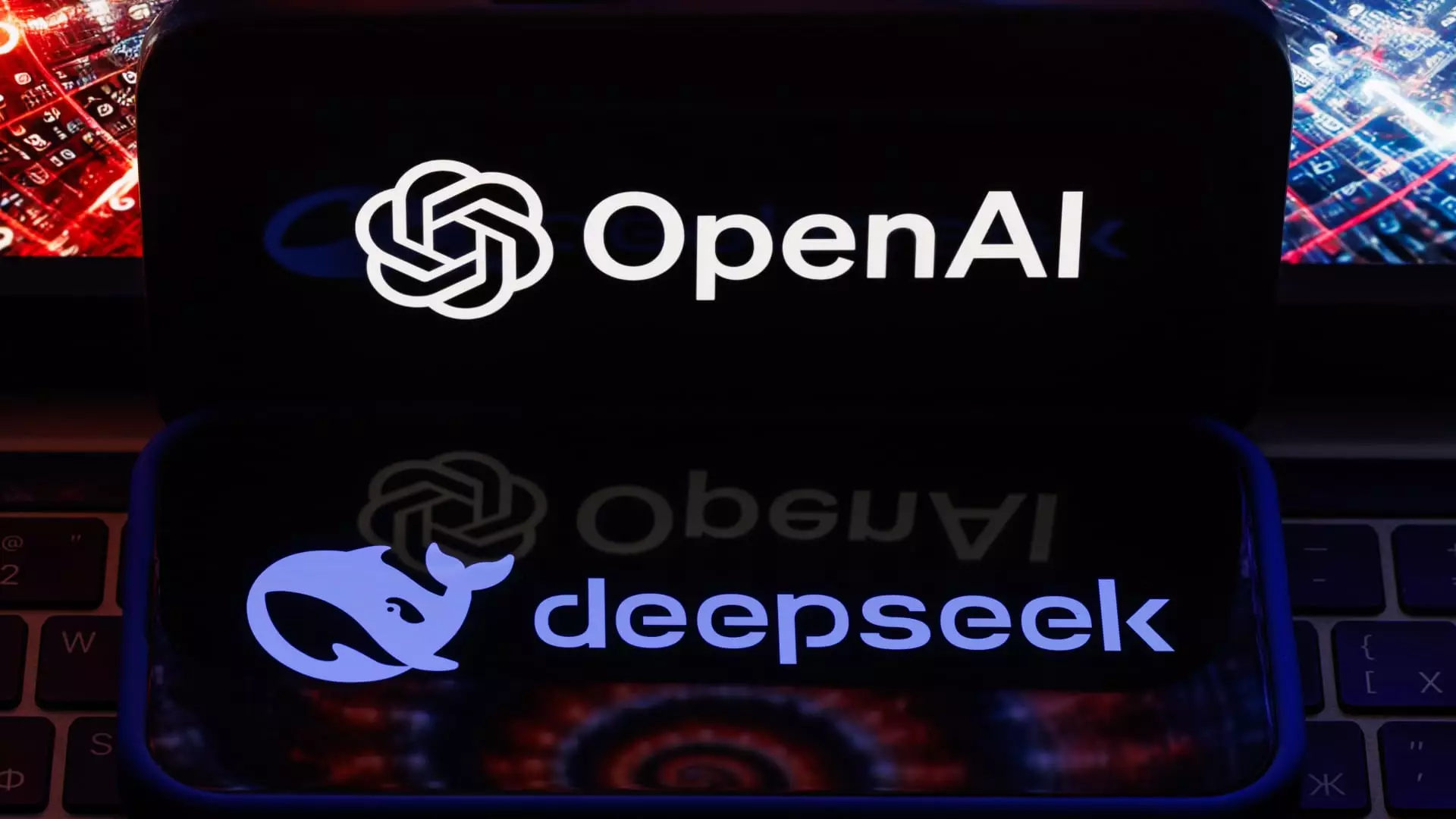The emergence of Artificial Intelligence (AI) has revolutionized numerous industries, pushing the boundaries of technology and innovation. In January, an event involving the Chinese lab DeepSeek sent shockwaves through the tech and semiconductor markets. Their announcement of advanced AI models, hailed as more efficient and cost-effective than their American counterparts, ignited a dramatic selloff, showcasing the volatile nature of the tech stock market. However, the implications of this incident extend far beyond a single startup. They reflect a significant paradigm shift toward a technique known as AI distillation, which is poised to disrupt the established order of AI development.
At its core, AI distillation involves extracting knowledge from a larger, more complex AI model to create a more compact version that retains much of the original’s capabilities. This process has immense potential to democratize AI technology, allowing smaller teams with limited resources to develop advanced AI systems rapidly. Traditionally, leading tech companies invest substantial time and financial resources to develop AI models from scratch. However, using distillation, entities like DeepSeek can engage with these larger models—often referred to as “teacher” models—subsequently enhancing their own, specialized creations through targeted queries.
The implications of distillation are profound. As Databricks CEO Ali Ghodsi noted, the technique facilitates entries into the AI race for startups that previously could not compete with well-funded giants. With the ability to sharpen capabilities and lower production costs, the AI landscape is becoming more competitive and innovative.
The rapid developments following the introduction of AI distillation showcase its ability to level the playing field. Researchers at institutions such as Berkeley demonstrated their capacity to reconstruct OpenAI’s reasoning model for a mere $450 within a mere 19 hours. Furthermore, teams at Stanford and the University of Washington created a comparable model in only 26 minutes, utilizing less than $50 in compute credits. Alternatively, the startup Hugging Face achieved significant results with a 24-hour coding challenge. These incidents illustrate how distillation enables swift development cycles, significantly more cost-efficient than traditional methods.
Such rapid advancements suggest a seismic shift within AI research and development. With lower barriers to entry, smaller organizations can innovate and disrupt larger firms. This catalyzes an ecosystem where competition breeds improved technology at an accelerated pace, ultimately benefiting the end-users who gain access to superior AI products.
DeepSeek did not invent distillation, but its impact on AI development has been pronounced, ushering in an era emphasizing open-source innovation. The new sentiment is that transparency and accessibility will spark quicker advancements than the historically closed practices of major tech firms. Arvind Jain, CEO of Glean, expressed that the momentum generated by successful open-source projects is challenging to compete with, indicating a substantial shift in how companies approach AI research.
OpenAI, once a proponent of a closed-source ethos, is now reassessing its position. CEO Sam Altman acknowledges the need to pivot towards open-source strategies, aligning with this new phenomenon. The narrative is becoming clear: in the competitive climate of AI development, openness and collaboration are paramount for sustained growth and innovation.
The ramifications of AI distillation and the echoing rise of open-source methodologies cannot be overstated. They herald the emergence of a tech landscape that not only mitigates the power dynamics between established players and smaller startups but also accelerates the pace of technological advancement. As the development community embraces these changes, the potential for groundbreaking innovations in AI continues to expand, setting the stage for a dynamic future.
The current trajectory of AI development, driven by breakthroughs like distillation and the embrace of open-source principles, is likely to reshape the technological landscape for years to come. The age of monopolistic control may fade, replaced by a more democratized environment where knowledge-sharing and collaboration lead to continued advancements in AI capabilities. Therefore, markets and tech enthusiasts alike would do well to pay close attention to these emerging trends, as they signify a wholesale transformation in the way AI technologies are developed and utilized.


Leave a Reply